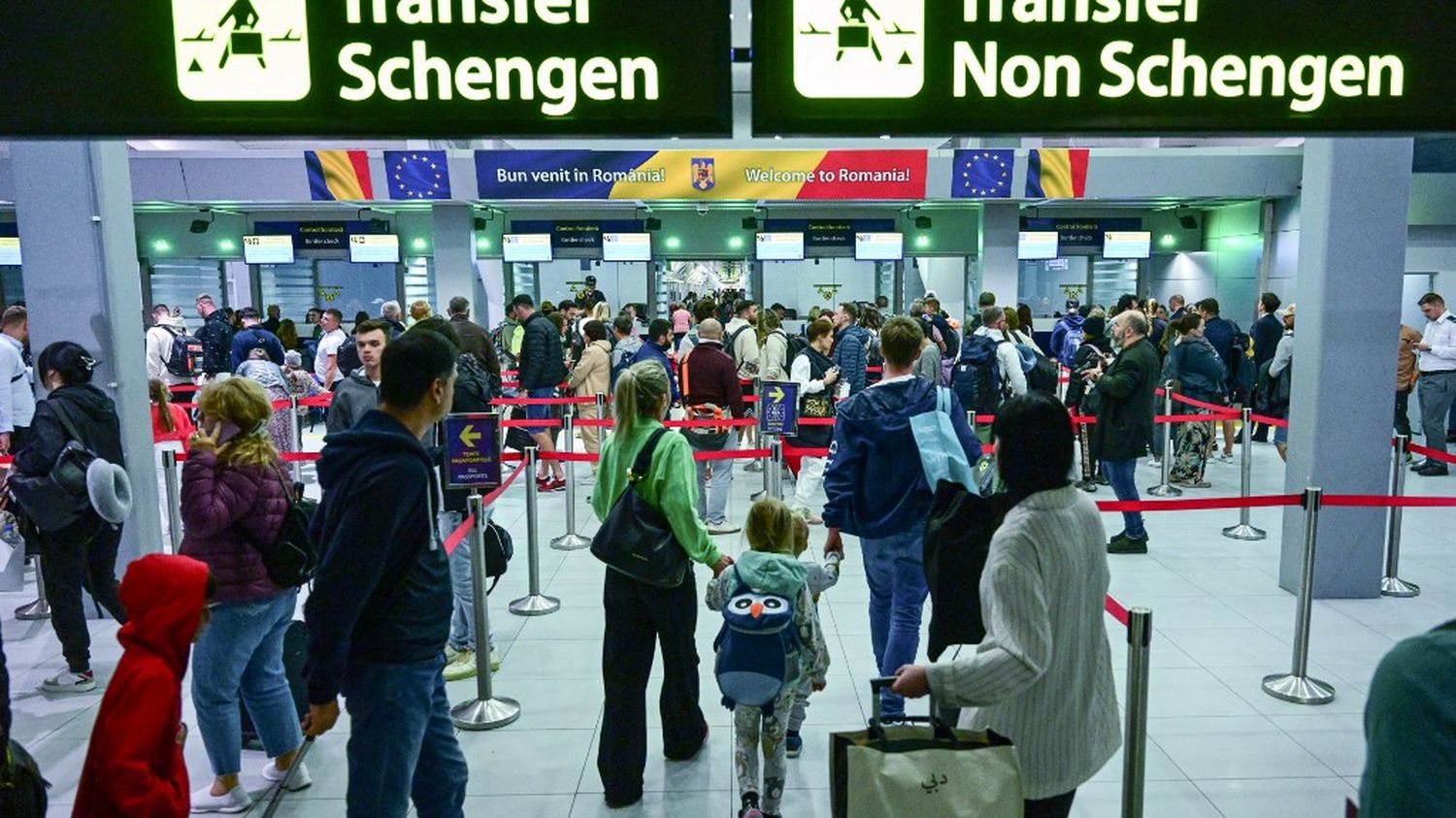These two EU member states joined the European free movement zone on Sunday, as part of a minimum membership, limited to airports and seaports.

Published
Update
Reading time: 1 min

After 13 years of waiting, here they are finally in the Schengen area. Romania and Bulgaria officially entered this vast free movement zone on Sunday March 31 at midnight, without however being able to open their land borders. On the roads, checks will be maintained for the time being, to the great dismay of truck drivers, due to a veto from Austria motivated by fear of an influx of asylum seekers.
Despite this partial membership, therefore limited to airports and seaports, the stage has a strong symbolic value. “This is a great success for both countries”declared the President of the European Commission, Ursula von der Leyen, recalling a moment “historical” for the Schengen area, “the largest area of free movement in the world”. With this double entry, this zone created in 1985 now includes 29 members: 25 of the 27 states of the European Union (without Cyprus and Ireland), as well as Switzerland, Liechtenstein, Norway and Iceland.
“Romania’s attractiveness is strengthened and, ultimately, this will encourage an increase in tourism”rejoiced the Romanian Minister of Justice, Alina Gorghiu, convinced that this normalization will attract investors and benefit the country’s prosperity.
